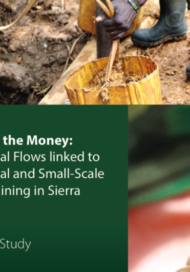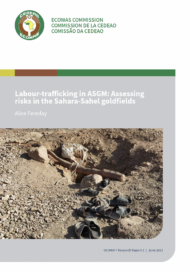Posted on 12 Dec 2013
In December 2008 Global Financial Integrity produced its analysis entitled “Illicit Financial Flows from Developing Countries: 2002-2006.” We found that some $850 billion to $1 trillion a year was disappearing from poorer countries as proceeds of bribery and theft, criminal activity, and commercial tax evasion. This analysis utilized established economic models, namely the World Bank Residual Method and IMF Direction of Trade Statistics. And the estimate is considered to be quite conservative, as it does not include illicit flows generated through smuggling and some forms of trade mispricing.
The question then arises: Where are these financial flows absorbed? There are no established economic models providing analytical tools to answer this question. It is in fact easier to analyze outflows from developing countries with weak statistical capacities than it is to analyze inflows into developed countries with much stronger statistical capacities. The greater part of illicit flows departing one country and arriving in another country are transferred as cash through the shadow financial system, resulting in deposits in accounts outside countries of origin. But such money does not remain as cash on deposit; instead much of it gets withdrawn and put into securities, real estate, consumption, or other uses.



